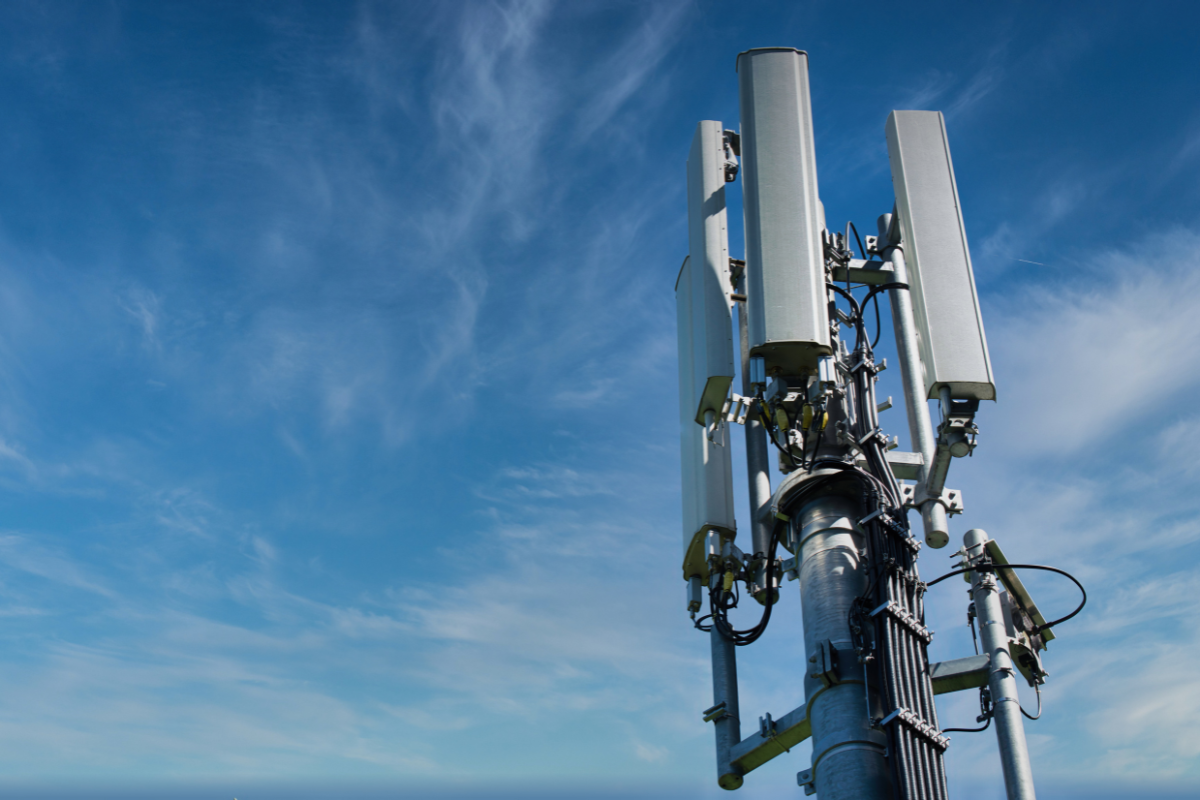Reliable indoor mobile coverage can ease home broadband capacity challenges
As the regular rules for business and social interactions are being torn to shreds as a result of the Coronavirus pandemic, homeworking is an important lifeline for U.K. companies trying to maintain some sort of “normality” for their businesses and employees.
Organisations that have previously avoided or discouraged remote working for fear of motivational issues have been forced to rethink their attitudes to home working since the country went into lockdown. Similarly, those that have historically only permitted hybrid working under special circumstances have had to formulate a feasible homeworking framework almost overnight, offer guidance on implementation and come up with innovative ideas for ensuring productivity while maintaining morale.
Work form Home is here to stay
However, with enforced homeworking likely to go on for weeks, possibly even months, how is the U.K.’s home broadband network, which is predominately copper based going to hold up? According to Ofcom’s latest report only 8% of the population (three million homes) has access to full-fibre broadband. By contrast, almost 75% of Spain’s population have access to high-speed broadband services. With BT and other internet providers limiting their total number of domestic visits so they can ensure capacity for frontline services, the situation is not going to change anytime soon.
Home networks struggling to cope
Home broadband that historically have only had to support low demand daytime usage are now required to have capacity on a par with large enterprises so their workforce can log into their respective corporate networks to work as normal. As such, home hubs and other equipment is going into overload as they endeavour to support data-draining services like video conferencing whilst other members of the household may be simultaneously logging into home schooling servers, streaming Netflix or playing videogames. If someone is trying to conduct a workable video conference, delays of more than about 150-200 milliseconds will render the service useless.
Mobile network operators (MNOs) are also seeing a surge in network traffic, particularly voice, because home workers are choosing regular audio over skype-style calling due to call quality. Indeed, Ofcom and the Government are urging the public to use landlines where possible, but many don’t have an option on that front because their landlines are being used as the point of entry for their home broadband network and cannot be the ‘contact me anywhere’ business tool.
Modern houses block mobile signals
In a digital age, remote working ought to be possible for everyone regardless of circumstance and there should be the necessary infrastructure in place to facilitate this. And it’s available in theory. However, the country’s communications-infrastructure, and hence ability, to support home working en masse have never truly been put to the test, until now.
MNOs are an obvious choice to ease the burden, by allowing users to switch between Wi-Fi and 4G. The issue here though is ensuring there is a strong enough 4G signal inside the home in the first place to facilitate this. Many factors have to be taken into account, geographical location, the users chosen provider, but the biggest challenge by far is the dwelling itself. A mobile signal is weaker by default inside any building, large or small, because raw materials like bricks, reinforced concrete, glass, iron girders, insulating foam hamper the transmission of mobile phone signals. This is being exacerbated as a result of growing demand for 24×7 connectivity and bandwidth-hungry data applications. The mobile services needed to facilitate this, i.e. 4G, doesn’t penetrate the building as well as traditional voice only while, conversely, requiring better signal quality to perform well, the result of which can be patchy and unreliable indoor coverage.
Taking the outside network indoors is easier than you think
To overcome these coverage issues, you need to take the outside network indoor using supplementary signal boosting equipment, such as mobile signal boosters. Since Ofcom’s’ relaxation of the rules governing their usage, residential mobile coverage can be easily improved using off the shelf equipment. The only stipulation is that any deployed equipment must meet certain requirements set out by Ofcom. It must be network specific, network safe and not interfere with other networks, and not many signal boosting systems can meet Ofcom’s requirements and fulfil these criteria.
Enhanced mobile coverage in all domestic properties would certainly support homeworking en masse because the fast and reliable indoor data rates could take some of the strain from the country’s home broadband infrastructure. An acceleration in our 5G rollout would further help the situation because of its ability to simultaneously support many more than 1 million devices per sq KM compared to the 60,000-odd devices of the current 4G networks. Unfortunately, 5G coverage on the scale needed is years away. Increased coverage and capacity are needed now to get through this crisis and MNOs working in harmony with home broadband is the most practical short-term solution.



